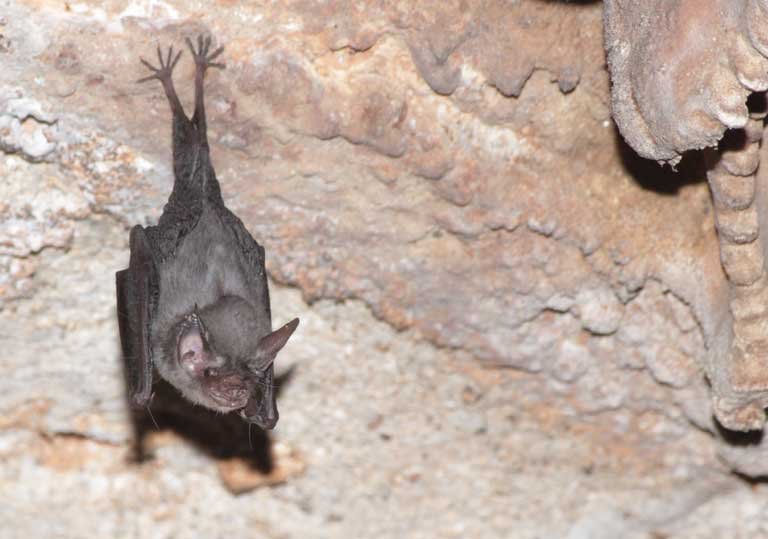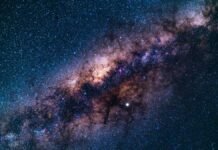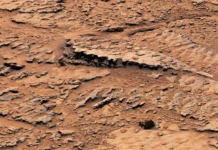10 Interesting Facts You Probably Didn’t Know
1. The bumblebee bat is the world’s smallest mammal
The Kitti’s hog-nosed bat, also known as the bumblebee bat (see image above) has a wingspan of 5.1 to 5.7 inches, weighs 0.05 to 0.07 ounces, and measures 1.14 to 1.29 inches from head to body. According to the Guinness Book of World Records, it is the world’s smallest mammal. If you want to see this little bat for yourself, go to one of the few limestone caverns on the Khwae Noi River in Kanchanaburi Province in southwest Thailand.
2. There’s enough gold inside Earth to coat the planet
According to Discover Magazine, our planet has a large amount of gold: 99 percent of the precious metal can be found in the Earth’s core. How much of it is there? Enough gold to cover the Earth’s surface in 1.5 feet.
3. McDonald’s once made bubblegum-flavored broccoli
This weird McDonald’s fact will make your taste buds prickle. Unsurprisingly, the attempt to encourage children to eat healthier did not go well with the child testers, who were “confused by the taste.”
4. The first oranges weren’t orange
Green tangerine-pomelo hybrids were the first oranges to arrive from Southeast Asia. In fact, oranges in warmer countries such as Vietnam and Thailand remain green even after maturity.
5. Scotland has 421 words for snow
Yes, 421! Some examples include sneesl (to begin raining or snowing), feefle (to swirl), and flinkdrinkin (a light snow).
6. The longest English word is 189,819 letters long
We won’t say it here, but the full name of the protein known as titin would take three and a half hours to say aloud. While this is by far the longest word in English, the longest word in the Oxford English Dictionary is 45 letters long, and the longest made-up word is only 28 letters long.
7. Turkeys can blush
When turkeys are scared or excited, their pale skin on their head and neck turns bright red, blue, or white, like when males see a female they’re interested in. The skin over their beaks, known as a snood, also reddens.
8. Only a quarter of the Sahara Desert is sandy
Most of it is covered in gravel, though it also contains mountains and oases. It is just 30% sand and 70% is gravel. And another interesting fact: the Sahara Desert is not the largest desert in the world. Antarctica is.
9. There were active volcanoes on the moon when dinosaurs were alive
The majority of the volcanoes likely stopped erupting around a billion years ago, but NASA research suggests that there could have been active lava flow 100 million years ago, when dinosaurs were still roaming.
10. Bees can fly higher than Mount Everest
According to National Geographic, bees can fly up to 29,525 feet above sea level. That’s higher than Mount Everest, the world’s tallest mountain.






